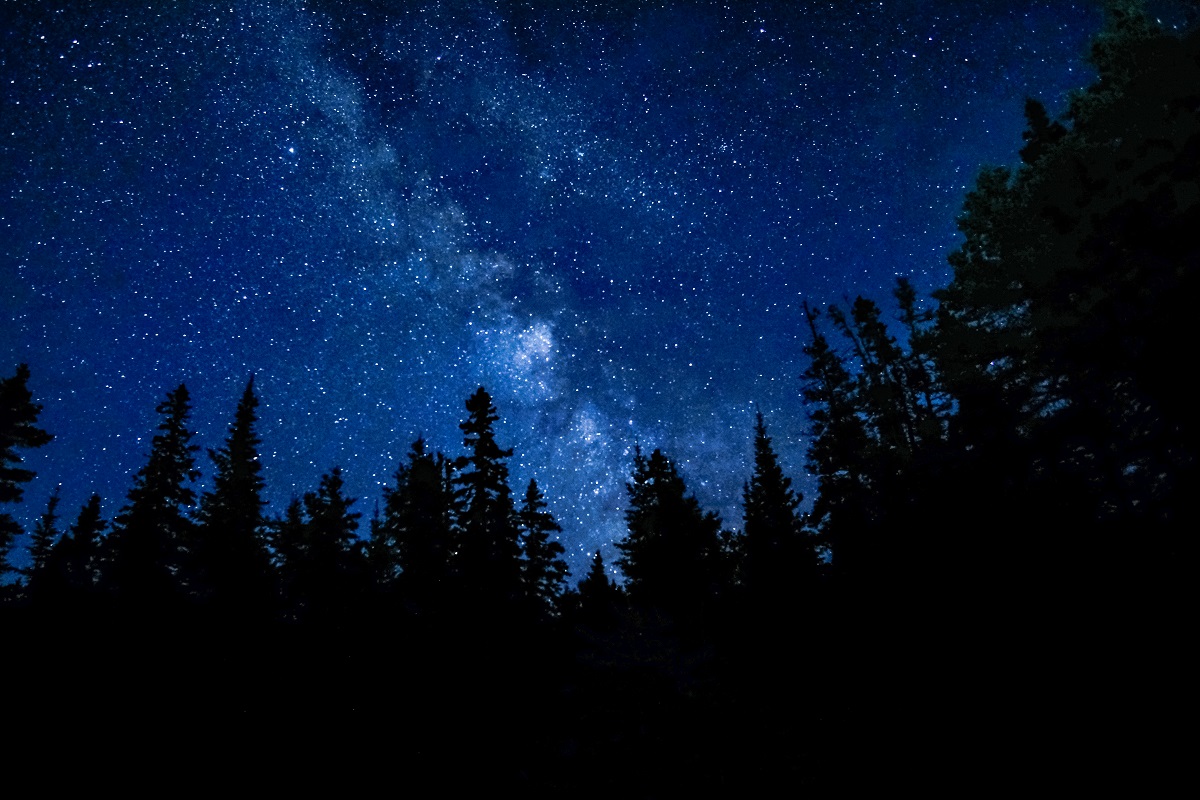Today’s post is a polite rant from Quetico Provincial Park’s Librarian Jill Sorensen.
We seem to constantly hear about expedition-style trips. Grunt narratives where people have broken speed records, paddled the longest distances, or have been “the first” to complete a route. The blisters. The sleep deprivation. The endurance.
And that is fine. I have no problem with kilometre tracking or race attempts. But if you insist on measuring all of your trips, may I suggest that you count something else? Something that instead connects you to the landscape, or a piece of cultural history.
A little less pace. A little more place.
Here are some suggestions of other things to count:
1. Waterfalls

What if you measured your trip by how many nights you could hear running water from your tent? How might your trip dynamic change by prioritizing waterfalls?
2. Nights under the stars

Quetico was recently designated a Dark Sky Park by the IDA. In a decade, how might you look back on a trip where you counted the total number constellations seen instead of portage metres covered?
3. Types of fish you ate

Is walleye really worth the hype over bass? In a blind taste test, can you or your canoe partner tell the difference between trout and pike? Try and sample a variety of fish types and satisfy your curiosity.
4. Swim spots

There are some spectacular swimming holes and famous natural “jacuzzi tubs.” Why not bring your bathing suit and see how many spots you can take a dip in?
You may even find yourself noticing more turtles, ducks, and frogs.
5. Campfires

When I was 22, I spent a whole summer in the backcountry of Quetico without taking the time to have a single campfire. It was go. Go. Go.
Now — whether I’m paddling 10-hour days or not — lingering beside a fire at dusk is what I look forward to the most. What if you measured your trip by the quality of your campfire light?
6. Natural things you’ve identified

Ever drifted along a fen or creek and been intrigued by all the wildflowers? Or maybe you’ve always wanted to learn bird calls or about the lichen on those stunning cliff formations.
If you intentionally plan your trip around a field guide, you may just catch yourself in awe of biodiversity.
7. Stories

You do not journey through a trackless wilderness. The land holds countless stories of those who came before you or are still present on the land.
For instance, in Quetico, you could follow the paddle strokes of the Ojibwe past Warrior Hill, the voyageurs or Simon Dawson along the north end of the park, or Aldo Leopold along Basswood Lake.
Perhaps you’ll happen across an Indigenous pictograph. The mysteries of their creation really begin to resonate as you drift back and forth along prominent rock walls. What height would they be at if they were painted by someone standing on a frozen lake, instead of leaning out of a canoe? Who was here and what stories were they trying to share?
How might measuring your trip in stories reveal your own sense of place?
“How long should my route take?”
When Bill Mason was asked why he paddled those “slow wood-canvas Prospector canoes,” he liked to respond, “Why would I want to go fast?”
Many campers must travel long distances to arrive at their destination, only to race around the park.
Lingering beside waterfalls, pictographs, or under starry skies may just offer a more enduring and meaningful narrative (and a lot less blisters!).
So when campers phone to ask me how long they should take to complete a route, expect the reply, “As long as possible!”
